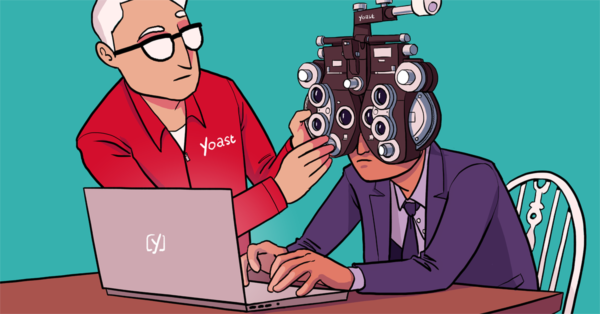Site structure
Your site’s structure is very important for both your users and search engines. If you have a good site structure, your content will be easy to find. That’s good for user experience and ranking! So, go ahead, read our content on site structure and start making improvements to your site!
What is site structure and why is it important? »
Want to rank high? Then you need to have a site structure that makes sense to Google and your users. Learn more!
Site structure: the ultimate guide »
Your site structure is vital for users and SEO. Our complete guide will guide you through all the steps to create a sound site structure.
Must read articles about Site structure
-
Want to clean up your site structure? Let's go over a number of things you should consider when changing your site structure.
-
Categories and tags are very useful for your users and search engines. This post on taxonomy SEO explains how to optimize these pages.
-
Make sure your most important pages rank! Our Site structure training helps you build and maintain a clear site which users and search engines understand.
-
A good site structure is of crucial importance for SEO. Improve your site's structure in 4 steps, using the Yoast SEO site structure tools!
Recent Site structure articles
Find out why your optimized post isn't ranking on Google. Explore the possible issues related to indexing, technical setup, linking, and content quality.
Grow your business by structuring your content with topic clusters. Get higher search engine rankings with an effective content cluster strategy!
A focus keyphrase is a keyword you want to rank for in search engines. Don't use a focus keyword over and over again!






